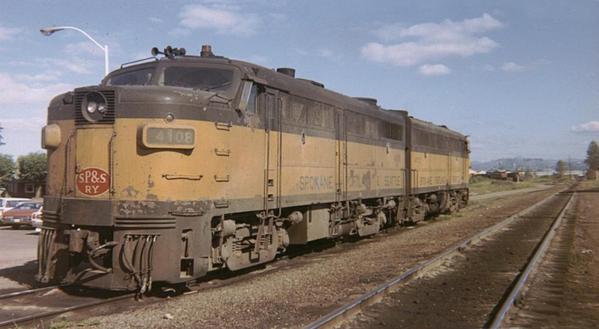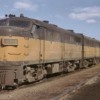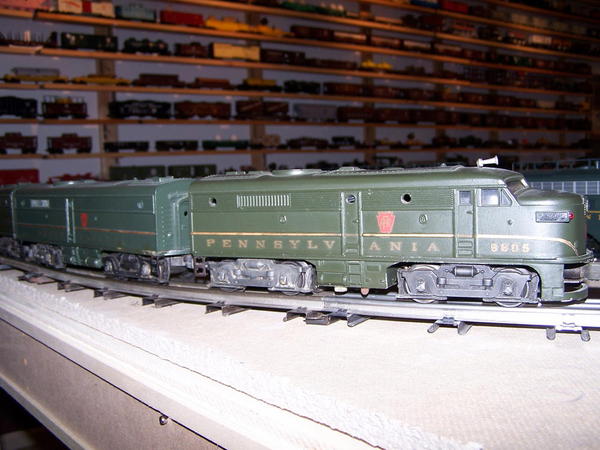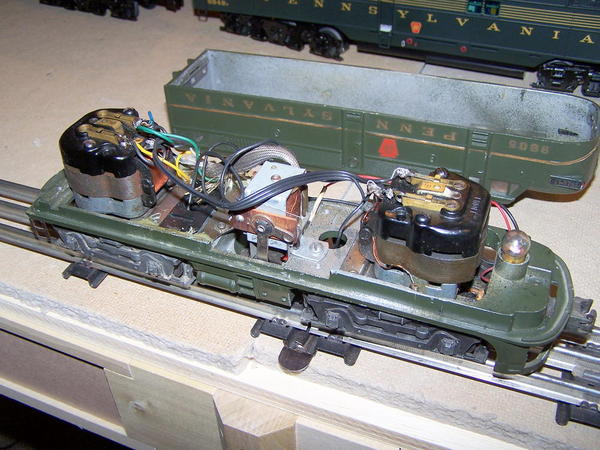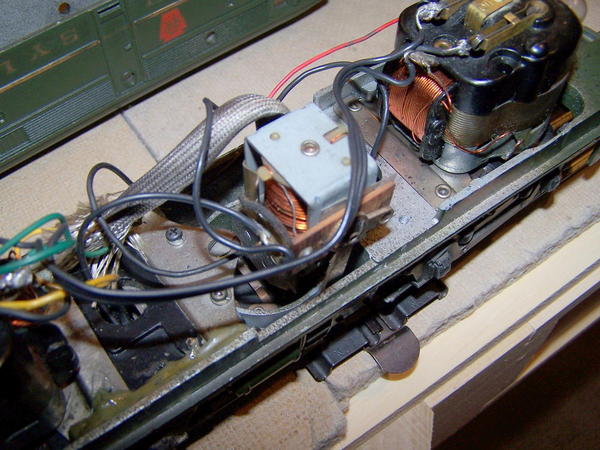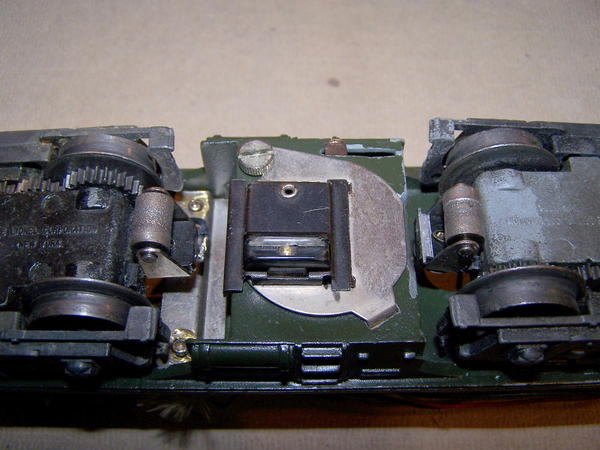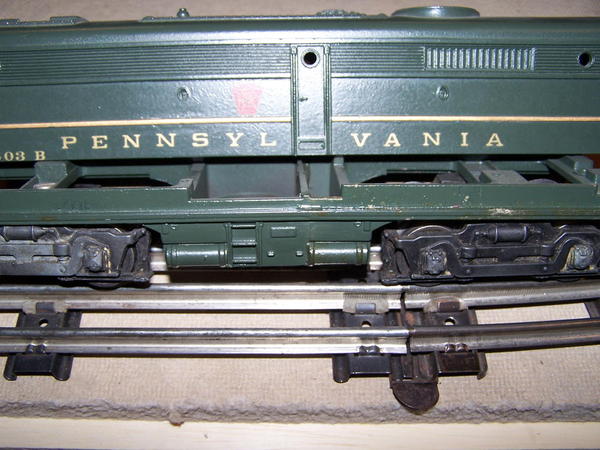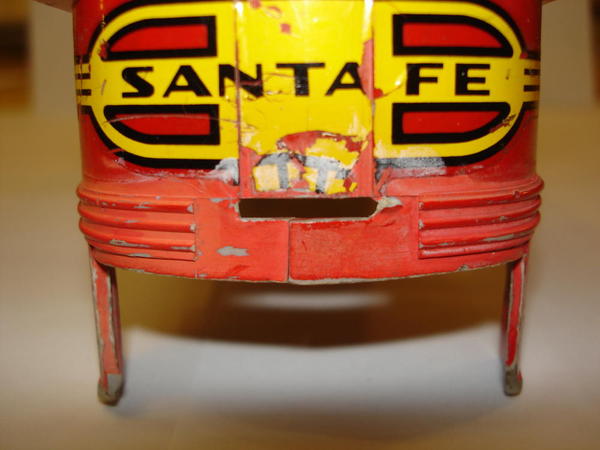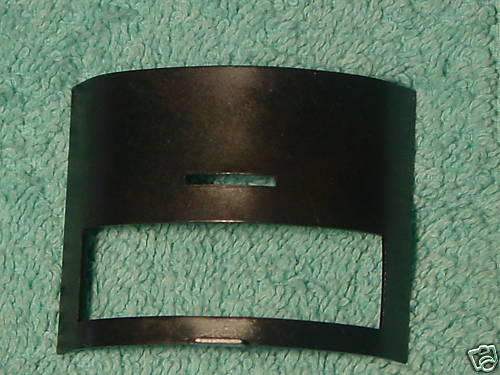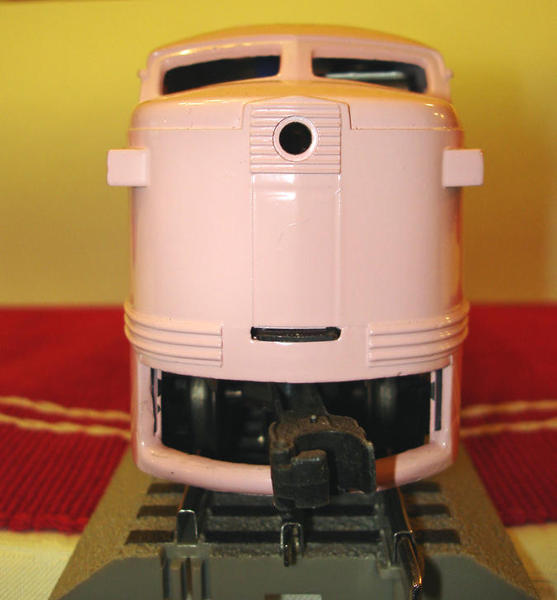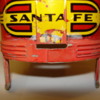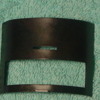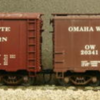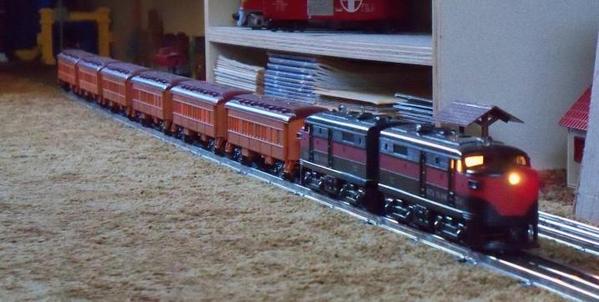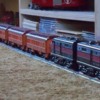I've been looking at friends' shelf collections of different postwar Lionel Alco FA units and wondering about how well they would perform on a layout. Some of them look really good, and they have a semi-scale size that matches semi-scale cars better than my 2343 F3 units.
I've done some research and learned that many variations were made:
all (?) have single-truck power
single-axle or two-axle Magnetraction, or NO magnetraction
some had traction tires
some had added weights for traction
2-position E-units, 3-position E-units, or no E-unit forward-only versions
some had battery-powered horns
operating couplers or fixed couplers
some had no front coupler and solid pilot without the big gap for a coupler
and some misc observations:
the narrow front pilot bar-portion under the coupler is prone to breakage
some of the really basic versions are said to have minimal pulling power
some had minimal paint jobs and little appeal
One thing I've wondered about: is it possible to put two power trucks in an FA? Were any made that way originally?
Another question, how good are the traction tires and has anyone tried substituting solid wheels and still achieved adequate pulling power?
All comments are appreciated.
SP&S FA1's on Oregon Electric at Eugene Oregon in 1970




